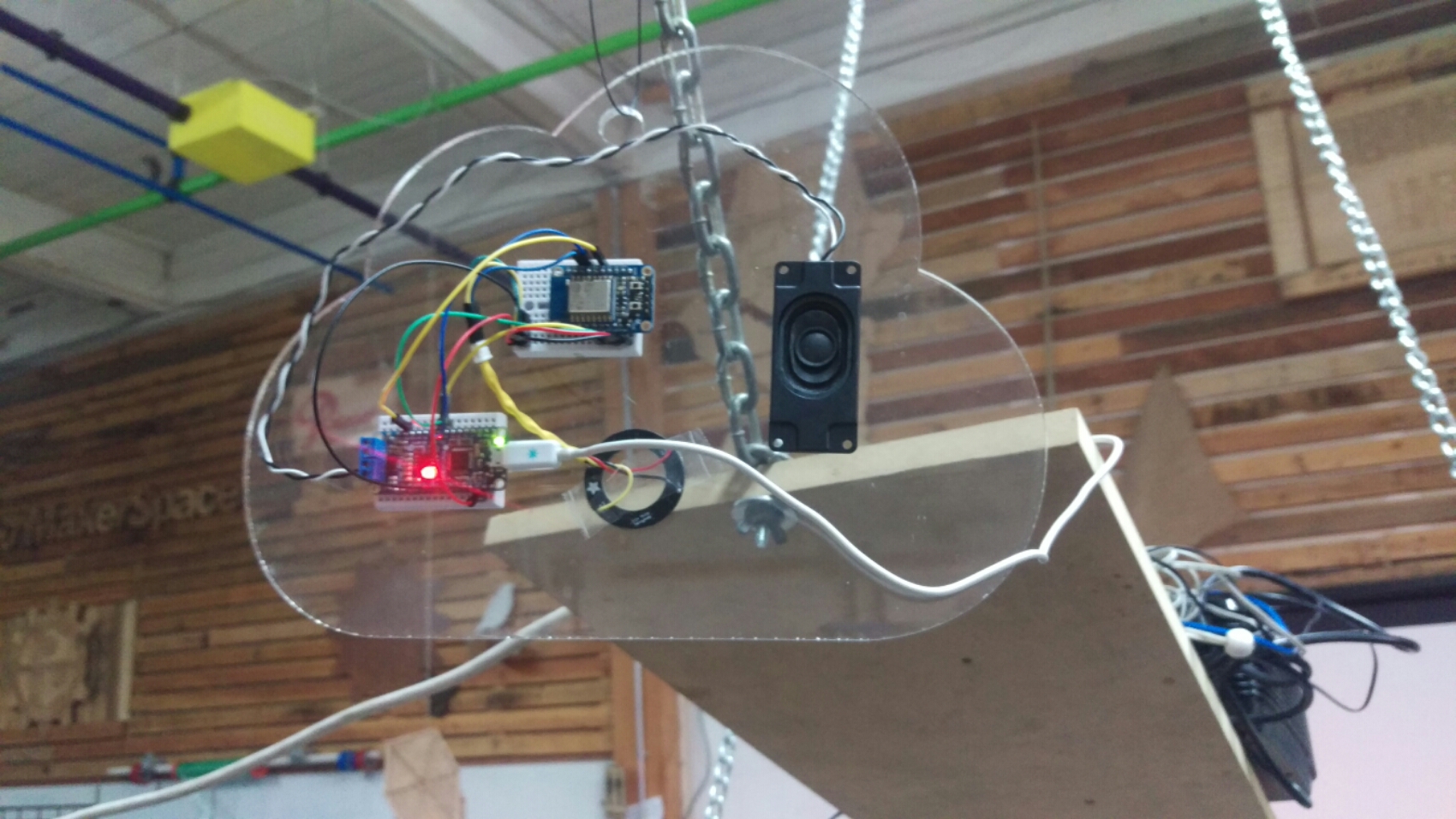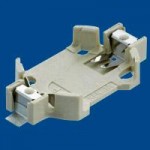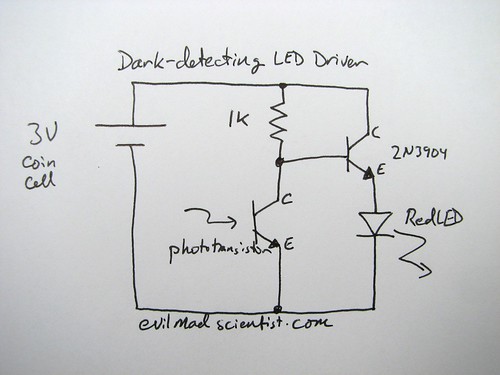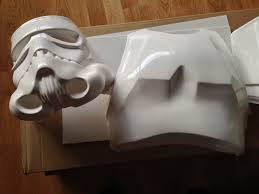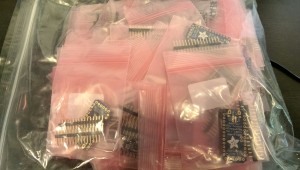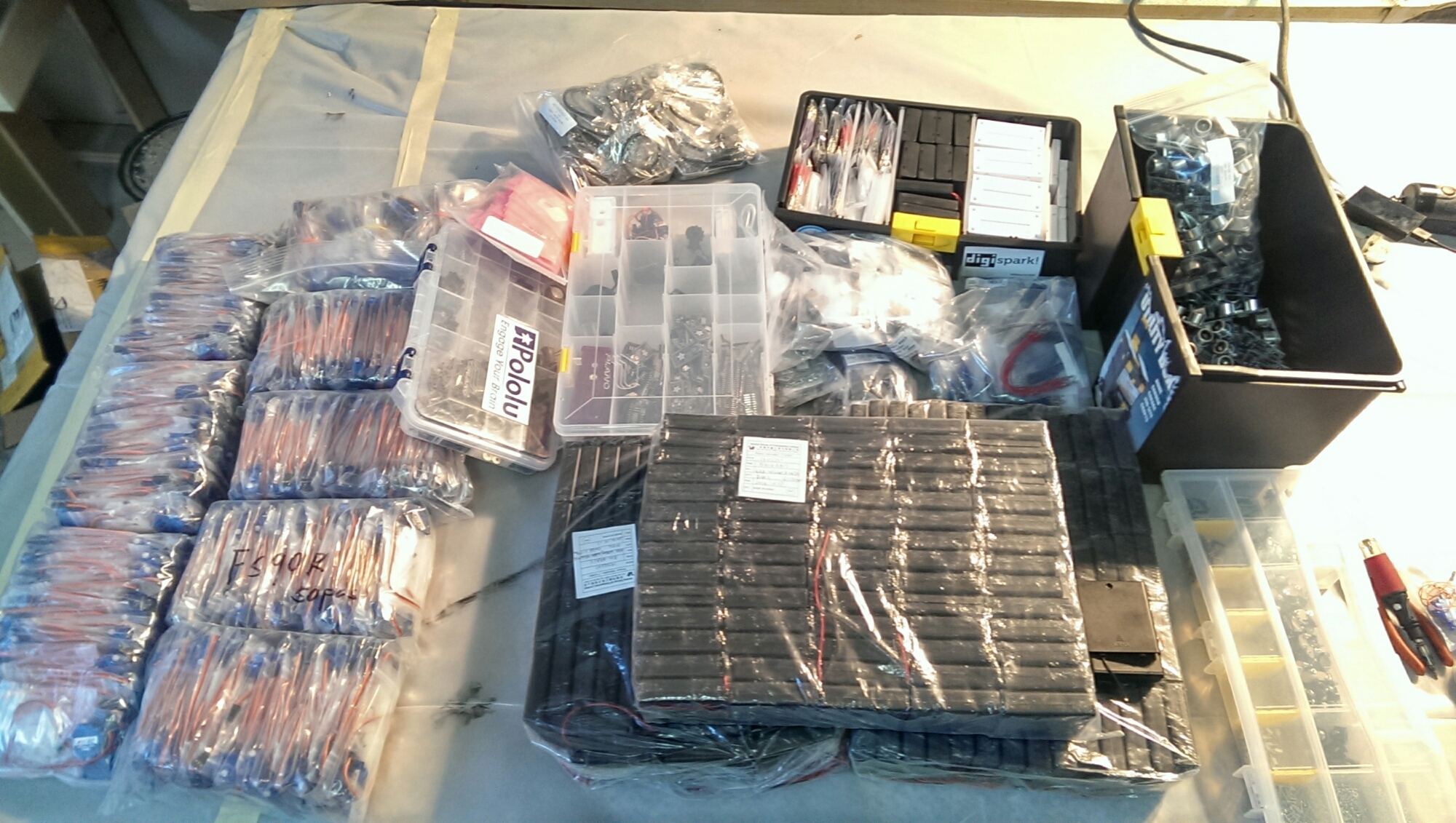The LARP Hammer is a proof of concept that will use electronics to handle game mechanics as well as enhance game emersion by adding lights and sound. The image of the hammer is just an example and only the electronics are being developed for now. This post will be regularly updated with the projects progress.
The Weapon can both heal players as well as deliver powerful blows of devastation. This prop will have no buttons on it except to turn the power on. All actions and attacks will be initiated by wielding the weapon. Using the Adafruit LSM303 sensor, the weapon will track your moments to determine what mode you have selected or how much damage your hit dealt.
This will start out with four attack modes and one healing move.
Using the Hammer
To start the healing mode, you will need to hold the Hammer vertically for 30 seconds (to be set by the DM) without moving more than an inch or so. When the lights on the side turn green and start flashing, swing the hammer and hit the person that is to be healed. When you hear the crashing sound and the lights go out, you have just healed the player but it will not work again for 10 min (to be set by the DM)
A basic hit will register like a basic malay weapons, but only if the hit sound goes off meaning that the hit was hard enough to register.
If the hammer detects a half swing, the hit will be a low power move and count as a +1 hit. This is indicated by an energy discharge sound along with a short flash of light.
When the hammer completes a full 360 swing before hitting, this is a medium power move and counts as a +2 hit. This will make a more energetic sound with a brighter flash.
Three full 360 rotations of the hammer before a hit will activate the power hit delivering a +3 hit and the player that was hit will fall down for 10 seconds. This will make a bigger and long drown out discharge noise with a bright flash of lights. It can only be used 2 min after the last power move.
If you swing the hammer enough times to do the Power Hit, then hold the Hammer up vertically for 5 seconds, the lights will start to flicker and the power up sound will go off. When the lights go solid, slam the bottom of the hammers handle into the ground to activate the Power Move. This will unleash a blinding light and deep energy discharge. Everyone within 10 feet of you will take a malay hit as well as take 5 steps away from you. Once used the hammers energy will be drained and only standard malay hits will be available until it recharges in 10 min. If desired, the number of Power Moves can be limited and more given by using a special “key” that adds more on.
The Electronics
Sound Board Mapping:
- T00HOLDL.OGG – Healing charge for 30 seconds, then hit and discharge.
- T01.OGG – Emergency power up.
- T02.OGG – Ethereal Cry.
- T03.OGG – Ultra Bass Explosion
- T04.OGG – Power up Machine
- T05.OGG – Light Energy weapon
- T06.OGG – Heavy Energy weapon
- T07.OGG – Error sound.
Libraries used:
Sensor: https://learn.adafruit.com/flora-accelerometer/programming
Sound: https://learn.adafruit.com/adafruit-audio-fx-sound-board/serial-audio-control
Pins to be used:
Sound control:
- #5 (TX)
- #6 (RX)
- #4 (RST)
- #8 (ACT)
LEDs:
Hit Buttons:
- #14 – A0 Hammer Head hit (2 buttons for 1 trigger)
- #19 Bottom Handel hit
- #16 – A2 Copulative touch handle to activate the hammer.
Bluetooth Connection:




